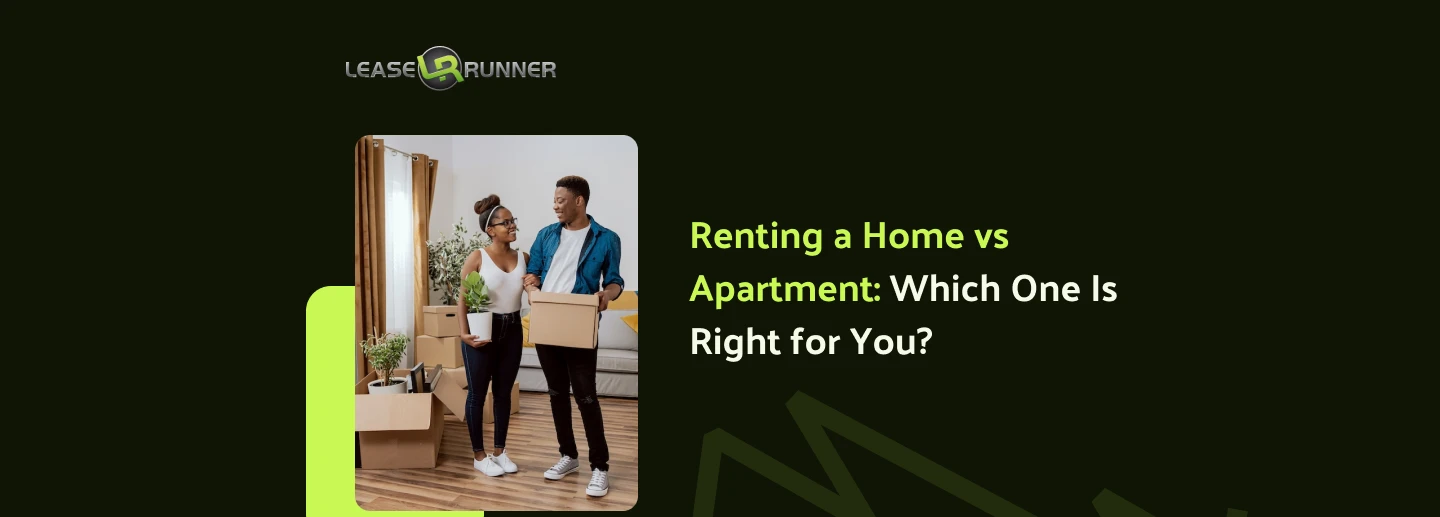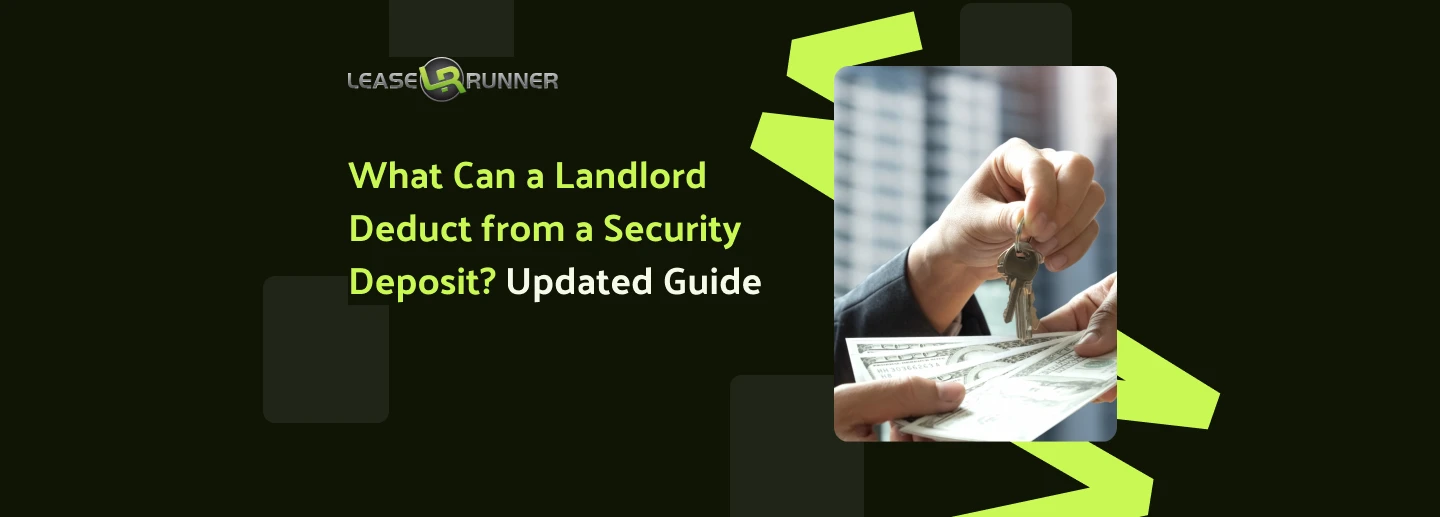Finding the right rental property isn’t just about location, it’s also about choosing the right type of rental. Many first-time renters and landlords ask: is it better to rent a house or apartment? The answer depends on your budget, lifestyle, and long-term plans.
This guide breaks down everything you need to know about renting a home vs apartment, from costs and lease terms to comfort and landlord performance.
Pros and Cons of Renting a Home
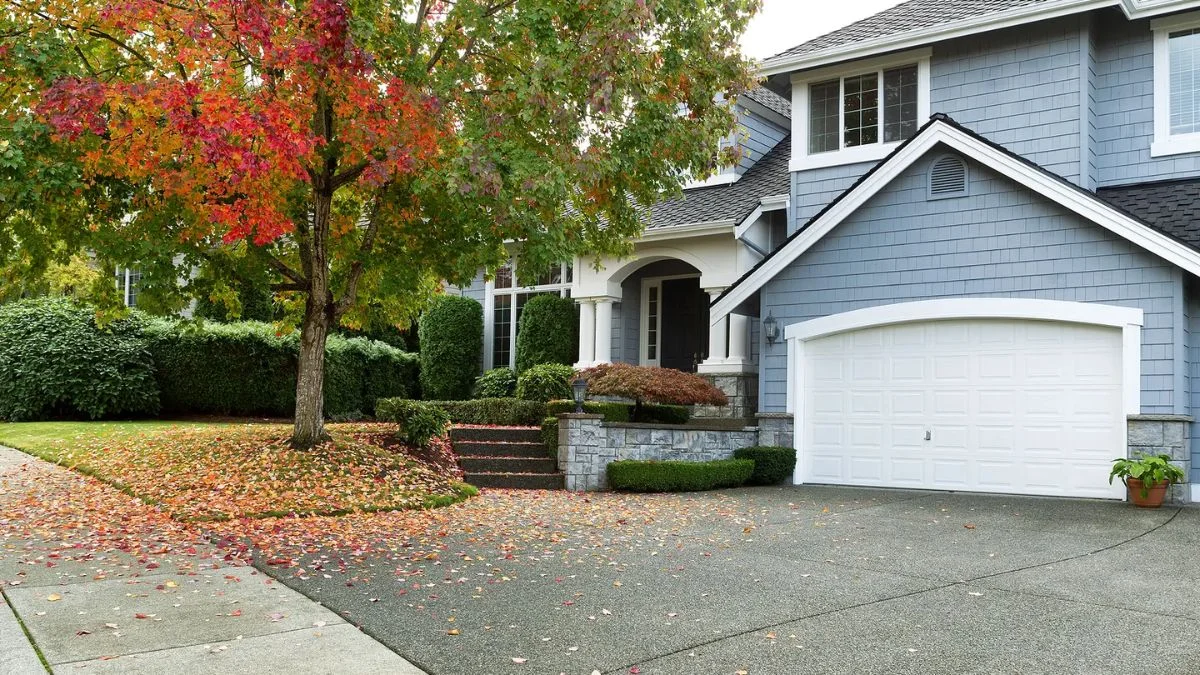
What does renting a house mean for your tenants? Renting a house can be ideal for families, remote workers, or anyone who values privacy and space. But it also comes with greater responsibility. Let’s weigh both sides.
Pros of Renting a Home
- Flexibility and mobility. Renting allows tenants to move more easily for a job change or lifestyle shift. A lease can end with short notice, no selling process required. For landlords, this flexibility can attract professionals or families needing temporary housing.
- Lower upfront costs. Renters only need to pay a security deposit and first month’s rent, not a large down payment. This makes single-family homes more accessible to first-time renters and young professionals.
- No maintenance or repair costs. When you rent a house, the landlord is typically responsible for repairs from a leaking roof to a broken heater, saving tenants both time and money.
- No property taxes. Renters aren’t responsible for taxes or homeowner’s insurance, simplifying monthly budgeting.
- Predictable monthly costs. Rent remains fixed for the lease term, and some leases may even include what utilities are included in rent, reducing financial surprises.
- Attractive for long-term stays. Families often prefer renting homes for more space and privacy, providing landlords with stable, lower-turnover tenants.
Cons of Renting a Home
- Higher maintenance costs: Tenants may share responsibility for lawn care, trash removal, or repairs.
- No equity or investment gain. Renters don’t build ownership or wealth over time, as monthly payments go entirely to the landlord.
- Rent increases. Landlords may raise rent annually, which can affect affordability and tenant retention.
- Limited control. Tenants can’t make major changes like painting, renovations, or landscaping without permission.
- Lack of long-term stability. Leases can end or not be renewed if a landlord decides to sell or repurpose the property.
- Pet restrictions. Some rental homes limit pets or charge additional deposits.
- No tax benefits. Renters miss out on homeowner deductions such as mortgage interest or property tax credits.
For landlords, houses can yield higher rent and long-term tenants, but require stronger management planning. See our guide on property management cost to understand typical expenses.
Pros and Cons of Renting an Apartment

Apartments are often favored for their convenience, affordability, and location. Understanding the pros and cons of renting an apartment helps you highlight the right features.
Pros of Renting an Apartment
- Flexibility and mobility. Apartment leases often run 6–12 months, giving tenants the freedom to relocate for work or personal reasons without the complications of selling property. This flexibility can help landlords maintain consistent occupancy rates.
- Lower costs and utilities: The median U.S. apartment rent is around $1,700, making it cheaper than most homes. It’s a lower barrier to entry for young professionals and first-time renters.
- Minimal maintenance responsibilities. Tenants aren’t responsible for repairs or major upkeep, landlords or property management handle that, saving renters time and money.
- Access to shared amenities. Apartment complexes often provide community facilities such as gyms, pools, clubhouses, and laundry rooms - features that add lifestyle value for tenants.
- Affordability and predictable costs. Apartments are generally cheaper than houses in the same area. Rent may also include certain utilities, simplifying monthly budgeting.
- Prime locations. Apartments are frequently located in city centers or walkable neighborhoods with better access to jobs, shopping, and public transportation, making them highly desirable for urban tenants.
Cons of Renting an Apartment
- No equity or ownership. Monthly payments go entirely to the landlord, offering no return or ownership benefits.
- Limited control and personalization. Renters must follow building rules regarding painting, decor, and structural changes. Even small upgrades usually require written approval.
- Potential for rent increases. Rents can rise annually with inflation or market demand, which may affect tenant retention. Landlords should stay transparent about how much rent to charge to remain competitive.
- Less privacy and space. Apartment living involves shared walls and common areas, meaning tenants may experience noise or limited personal space.
- Building restrictions. Property managers often enforce policies on pets, parking, smoking, and noise. Violations can lead to lease penalties or non-renewal.
- Instability and limited tenure. Tenants may face non-renewal or early termination if the property changes ownership. Landlords can refer to what a landlord cannot do to ensure compliance with fair housing laws.
So, is it easier to rent a house or apartment? Overall, renting an apartment suits those prioritizing convenience and affordability over space and long-term stability. For landlords, apartments offer scalable income potential and lower vacancy risk, though they often require more active tenant management.
Cost Comparison: Renting a House vs Renting an Apartment

When comparing a house vs apartment, cost often drives the decision. Let’s look at the main financial factors.
Monthly Rent, Utilities, and Average Market Rates
When it comes to cost, apartments are usually cheaper to rent than houses. In a place like Denver, CO, the average rent for a house is around $3,000 per month, while a similar-sized apartment costs about $2,200.
- Rent differences: On average, apartments cost 15–30% less per month than houses in the same area. For example, a 3-bedroom home in Dallas averages $2,150/month, while an apartment averages $1,650.
- Utilities: In apartments, some utilities (like water or trash) are often included. In houses, renters usually cover all utilities directly.
- Deposits and fees: Apartment complexes often charge application or admin fees, though some offer waived application fees. Houses may require higher security deposits due to larger spaces.
Maintenance, Insurance, and Hidden Costs
While apartments come with fewer maintenance headaches, homes offer long-term financial stability for landlords due to property appreciation.
- Maintenance: Renting a house often means taking on more upkeep tasks. Tenants may be responsible for mowing the lawn, trimming hedges, clearing snow in the winter, or even maintaining exterior lighting. In contrast, apartment renters rarely deal with these chores, maintenance requests are handled by the building’s management team. When a faucet leaks or the heater breaks, you simply file a request, and the landlord covers both the cost and labor. This hands-off experience is one of the biggest appeals of apartment living.
- Renters insurance: Most apartment complexes require renters to carry renter’s insurance, which typically costs between $15 and $30 per month. Home rentals, however, vary. Some landlords strongly recommend insurance but don’t make it mandatory, especially in smaller or privately managed houses.
- Hidden costs: Beyond the obvious rent and utility bills, several smaller expenses can quietly add up over time. Many homes come with HOA (Homeowners Association) fees, which cover neighborhood amenities like security, landscaping, or shared facilities.
In short, when you add all these up, a house that seems affordable at first may end up costing more per month than an apartment once maintenance, insurance, and hidden fees are included.
Lifestyle Comparison: Renting a House vs Renting an Apartment

Choosing between a house and apartment often depends on how much space and independence a renter wants and how much control the landlord prefers to maintain.
Living Space, Yard Access, and Privacy in Houses
Homes offer larger floor plans, backyards, and garages. Tenants can host gatherings, have pets, and enjoy greater privacy. For landlords, these features make properties attractive to families or remote workers seeking stability. For example, a family renting a suburban home can host barbecues, keep pets, and garden freely - perks rarely available in apartment complexes.
However, more space brings responsibility. Some leases state tenants must handle yard care, or pay additional service fees.
Shared Amenities, Community, and Building Rules in Apartments
Apartments provide shared amenities like gyms and laundry rooms but come with stricter building policies. Community living can enhance security but also brings potential noise complaints or parking limits. Learn more about common leasing terms in what is lease length.
Landlords can mitigate issues by offering digital screening tools like tenant background screening to ensure responsible renters.
In short, renters who enjoy convenience often prefer apartments, while those craving freedom lean toward houses.
Lease Flexibility and Personalization: Renting a House vs Renting an Apartment
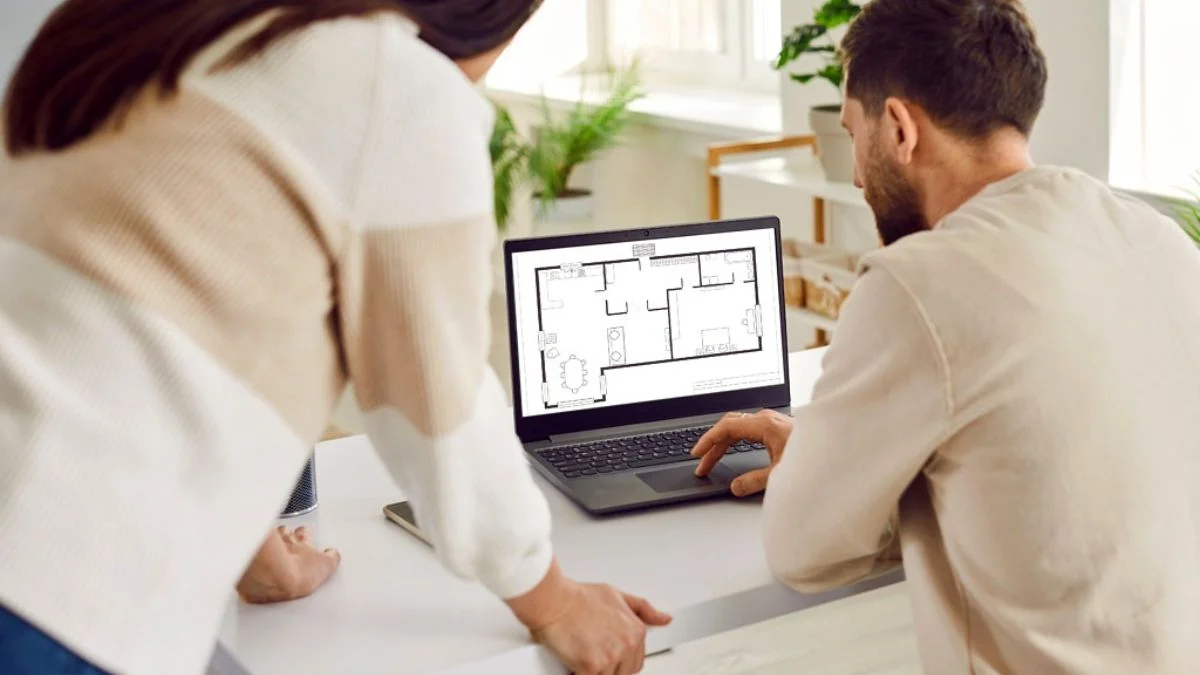
One of the biggest differences between renting a home vs apartment lies in lease flexibility and customization.
Contract Terms: Month-to-Month vs Annual Leases
Apartments typically come with fixed annual leases, offering both parties predictable terms and income stability. Large apartment complexes tend to favor one-year contracts to minimize turnover and simplify management.
However, some modern apartment buildings, especially in competitive markets like Austin or Seattle - now provide shorter leases (3–6 months) or even month-to-month agreements to attract remote workers and digital nomads seeking flexibility.
In contrast, single-family homes managed by private landlords often offer more negotiable lease terms. For instance, a homeowner renting out their property while relocating temporarily may prefer a six-month or month-to-month lease. This allows both landlord and tenant to adjust based on life changes - whether a job relocation, property sale, or long-term tenant interest.
If you’re unsure which arrangement suits your needs, explore our detailed guide on what is a mid-term rental, which offers a balanced option between long-term stability and short-term flexibility.
Rules for Decorating, Pets, and Modifications
When it comes to personalization, apartments usually have stricter rules. Many leases forbid painting walls, changing light fixtures, or installing shelves without written approval. Even hanging large artwork may require permission to avoid damage penalties. Pet policies also tend to be more controlled in apartment complexes, often limiting the number, size, or breed of animals allowed and sometimes requiring nonrefundable pet deposits ranging from $200 to $500.
Meanwhile, houses provide greater creative freedom. Tenants can often personalize outdoor spaces, gardens, or decorate interiors more freely, especially if they’re reliable, long-term renters.
For example, a private landlord might allow a tenant to paint a nursery or set up an outdoor patio, provided the home is restored to its original condition before moving out. This flexibility makes houses appealing to families or renters who value individuality.
If you’re a landlord considering this route, check out our practical guide on how to rent out a room in your house to learn how to manage lease terms, tenant expectations, and customization boundaries effectively.
Risks of Early Termination or Landlord Repossession
Breaking a lease early can have financial consequences for both parties. In apartment complexes, the rules are typically rigid - tenants who terminate early may lose their security deposit or owe additional rent until the unit is re-leased.
For homes, however, private landlords can often negotiate more lenient exit terms. For instance, if a tenant receives a job offer in another state, the landlord might agree to release them from the contract if they help find a replacement tenant. This personal touch can build goodwill and minimize vacancy periods.
Still, landlords must ensure compliance with local landlord-tenant laws, which vary by state. For example, in California or New York, landlords must follow strict notice and eviction protocols before repossessing a home.
Which Option Performs Better for Landlords?
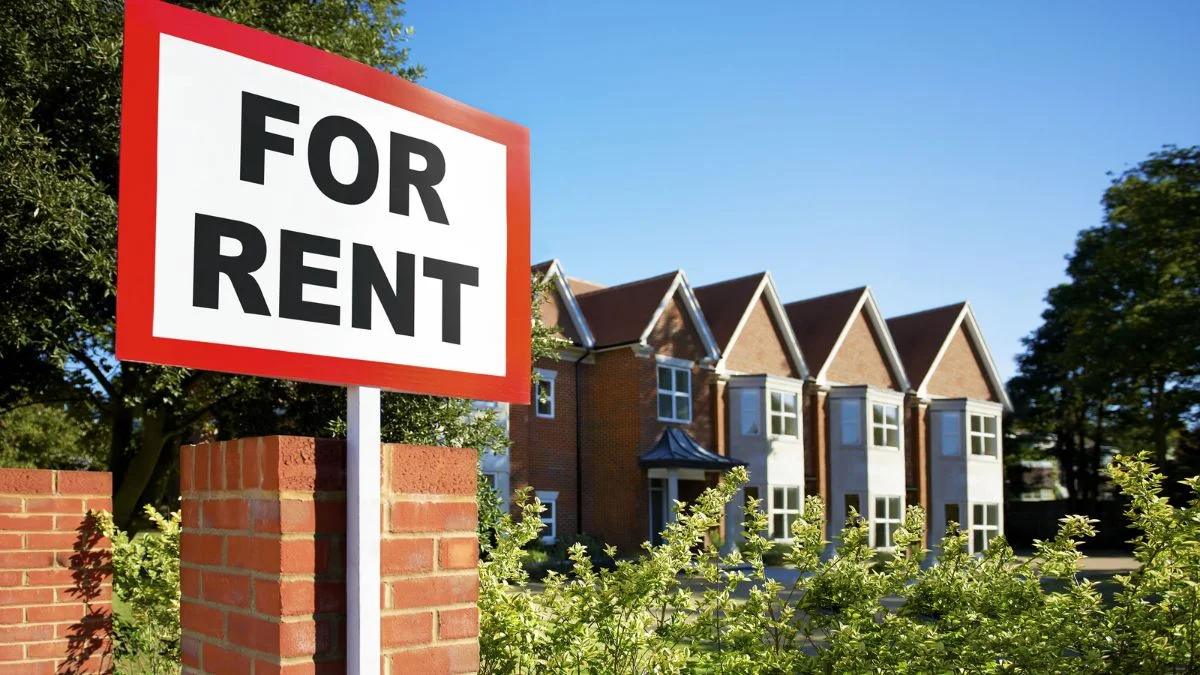
From an investment perspective, the renting a home vs apartment comparison isn’t just about tenant convenience, it’s about long-term profitability, maintenance risk, and cash flow management.
Home: Higher Rent and Long-Term Property Value
Single-family homes tend to attract stable, long-term renters, often families with strong income. They pay more rent, treat the property well, and rarely move. Over time, the property itself may appreciate significantly.
Homes also appreciate in value over time, providing landlords with both rental income and equity growth. This makes them ideal for investors who prioritize asset appreciation and tenant stability. However, there are trade-offs:
- Higher maintenance costs: Roof repairs, plumbing, landscaping, and pest control can add hundreds or thousands annually.
- Longer vacancy periods: Finding the right family tenant may take weeks or months, especially during off-peak rental seasons.
- Greater responsibility: Property taxes and insurance costs are generally higher for standalone homes.
First-time investors should learn about houses for first time renters and explore property management costs for better ROI planning.
Apartment: Scalable Income and Lower Vacancy Risk
For landlords seeking consistent income, apartments often deliver more predictable returns. With multiple units, the risk of total vacancy is lower - if one tenant moves out, others still generate rent. For example, a four-unit apartment building charging $1,200 per unit produces $4,800 monthly, even if one unit sits empty for a few weeks.
Apartments also simplify property management. Landlords can centralize maintenance, standardize leases, and streamline marketing efforts. Digital solutions like online rental applications, rent collection platforms, and automated screening tools make managing multiple tenants easier than ever.
While apartments offer lower per-unit rent, they provide steady occupancy rates and faster turnaround between tenants. This scalability is why many seasoned landlords favor multifamily investments over single homes.
Ultimately, the better choice depends on your goals:
- If you want long-term value and appreciation, focus on renting homes.
- If you prefer steady monthly cash flow with lower vacancy risk, apartments may be the smarter investment.
Conclusion
Whether you’re deciding between renting out a house or an apartment, the best choice ultimately depends on your goals, both as a landlord and an investor. Houses deliver higher rental income and long-term property value, while apartments offer steady cash flow and lower vacancy risk.
Regardless of which option you choose, having the right tools makes property management easier and more profitable. LeaseRunner simplifies every step, from tenant background screening and digital lease signing to online rent collection and secure document storage.
Frequently Asked Questions
1. Is it cheaper to rent a house or an apartment?
Generally, apartments are cheaper. According to Zillow data, the median rent for apartments is around $400–$500 lower than for houses in most metro areas.
2. Is leasing an apartment the same as renting?
Not exactly. Leasing usually involves fixed terms (e.g., 12 months), while renting can include shorter or month-to-month agreements. Learn the difference in our guide on what’s the difference between lease and rent.
3. Is it easier to rent a house or apartment with bad credit?
Apartments managed by large companies may have stricter screening policies. Renting a home through a private landlord could offer more flexibility. Check out our resource on renting to tenants with bad credit.
4. What to consider when renting an apartment?
When renting an apartment, tenants should evaluate: the total monthly cost (including waived application fee for apartments, utilities, and parking), location convenience, community amenities, pet policies, and the reputation of the property management.
